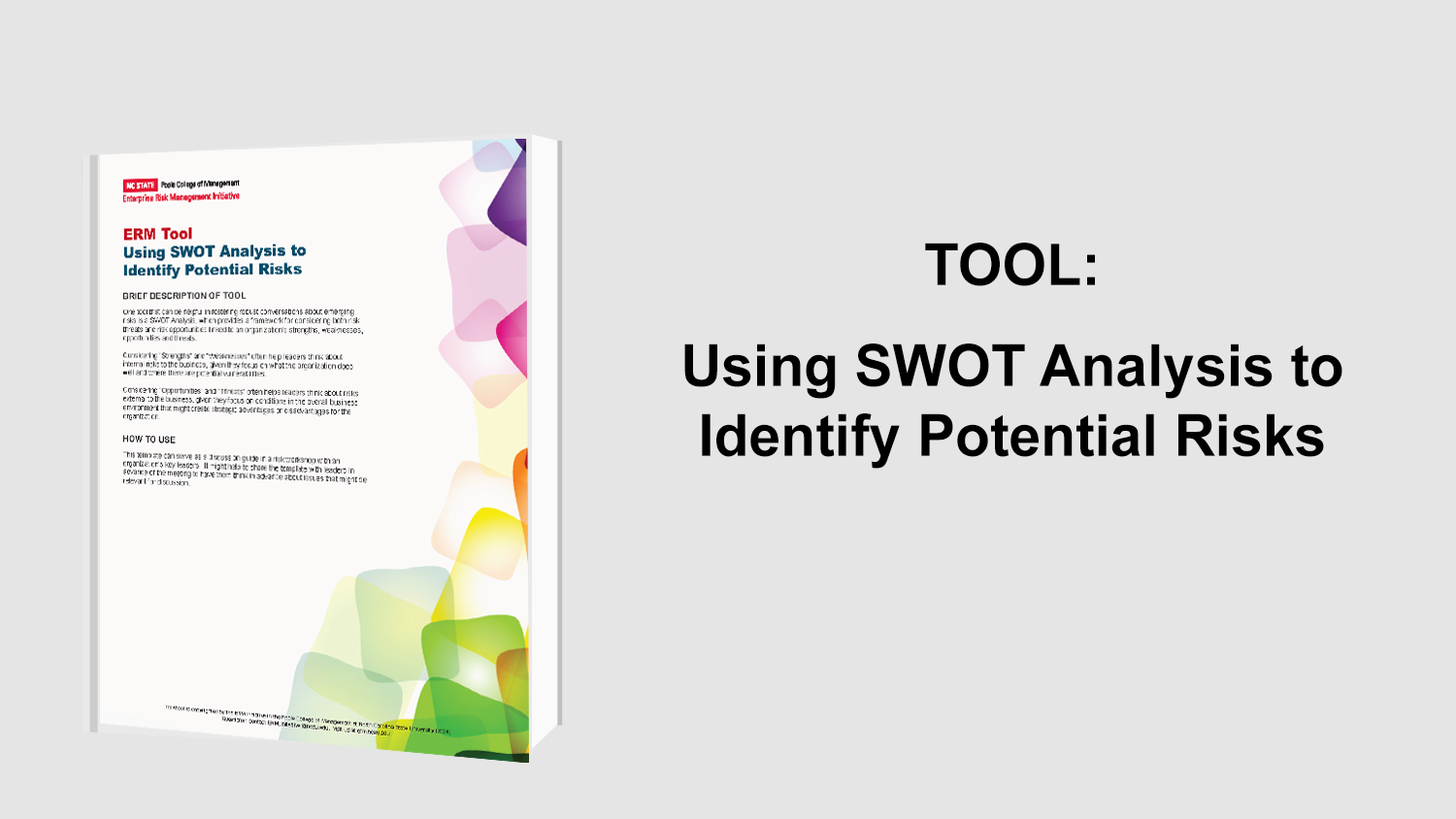Aligning Risk Appetite and Risk Exposure
It has become clear that an integrated approach to risk management is quickly becoming the standard requisite for companies today. The white paper “Aligning Risk Appetite and Exposure: the New Paradigm of Strategic Execution” by Manigent, a London-based management consultant firm, explores how organizations can effectively align performance and risk management processes to not only reduce risk but also embrace opportunities. At the heart of this article is the premise that a successful strategy must balance the company’s risk appetite and exposure and allow organizations to answer these three questions:
- What are we trying to achieve?
- What level of risk is acceptable to achieve those objectives?
- What is our current level of risk exposure?
Manigent believes that this alignment of risk appetite and exposure should be set within the context of strategic objectives and can be effectively done using their Risk-based performance™ methodology. This methodology consists of seven procedures which clients have found to drive organizational change and provide comprehensive information to management. These steps in the methodology are outlined below.
Outline the Strategy – Businesses should first focus on setting a sustainable strategy for both short and long-term goals.
Define Specific Strategic Objectives – Clear strategic goals should not only be defined, but also embedded in the culture of the organization as well to truly be effective. Manigent recommends using a “Strategy Map” to easily explain what the organization is trying to accomplish and how to each employee.
Define Risk Appetite – Before shifting into strategic implementation organizations should first determine what level of risk they are willing to accept in order to achieve their goals. The use of simplified, defined levels of risk for each objective can provide an efficient substitute for complex quantitative models for some companies.
Identify Key Risk – Manigent recommends defining key risks after defining risk appetite in order to have a stronger understanding of what risks the company is willing to face when determining which of those are key. Key risks pose a significant threat to the achievement of strategic objectives but may also provide opportunities for the company to create value.
Review Risk Appetite – After identifying key risks and gaining more knowledge, many companies review and adjust their risk appetite. Manigent found companies too often increase their risk appetite as a result of gaining a more comprehensive understanding of their risk profile.
Conduct Risk Assessment – Regular risk assessments at a strategic level on a quarterly, bi-annual or annually basis should be used to monitor changes in key the risk profile or control effectiveness. The typical assessment focuses on the likelihood and impact of risks to provide a clear understanding of the current level of risk the organization is carrying.
Map Risk Exposures against Risk Appetite – The Risk Appetite and Exposure Matrix™ created by Manigent is a simple matrix that visualizes the alignment of risk appetite and exposure. It is a powerful tool that allows the organization to quickly identify which risks require immediate action to reduce exposure and where risks are moving over time.
Original Article Source: “Aligning Risk Appetite and Exposure: the New Paradigm of Strategic Execution”, Manigent, June 28, 2010
Click below to register and download article
- Categories:
- Types:


